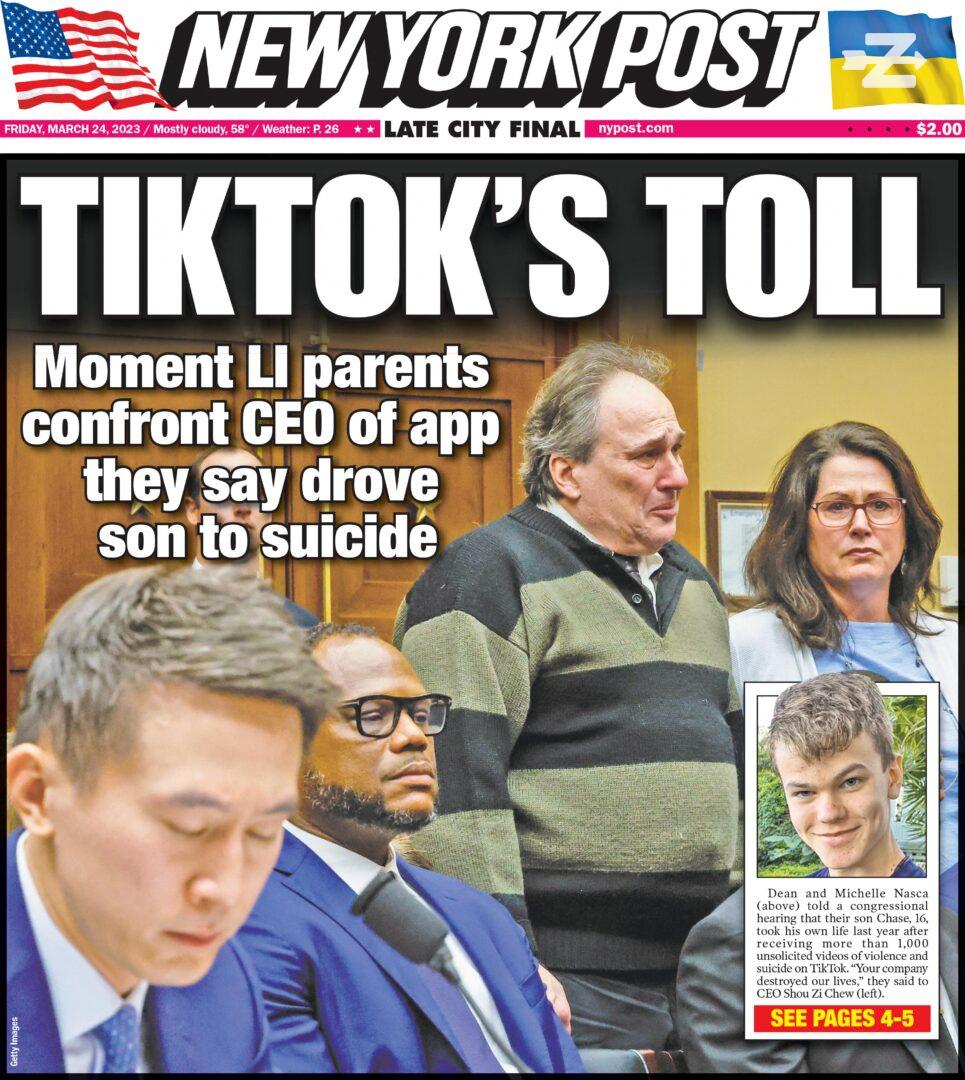During the COVID pandemic, TikTok became a lifeline. For a population of young people locked away from friends and life’s fun experiences, it was a way to stay connected and busy.
With Congress considering a ban on the app due to security concerns, content creators are fighting like hell to protect the app.
But as fun as it can be, and as vital as it was during the pandemic – TikTok exacts a heavy toll from some users, and from their families.
TikTok provides some resources that are helpful for people – especially adolescents – in mental health crises, employing a crisis-intervention and suicide prevention hotline system that reaches some kids when they need help most. But the app also encourages people to self-diagnose, and they often get sucked into an algorithmic circle of doom and gloom – which doesn’t help.
The CDC recently shared that up to 60% of adolescent girls have experienced episodes of sadness over the last year. While periods of sadness are a normal part of teenage development, TikTok can insert itself into those vulnerable periods and potentially make things worse.
During the congressional hearings over the future of TikTok in the US, one family shared their experience with the app and their concerns that their 16-year-old son took his own life because he was subjected to over 1,000 unsolicited videos of violence and suicide.
And the story of Chase Nasca isn’t the only one like it.
Some experts believe that TikTok is no worse than other social media for teen mental health – which is to say, it’s dangerous, but not more dangerous than the others. Others believe that the app’s very specific and effective algorithm makes it far worse.



